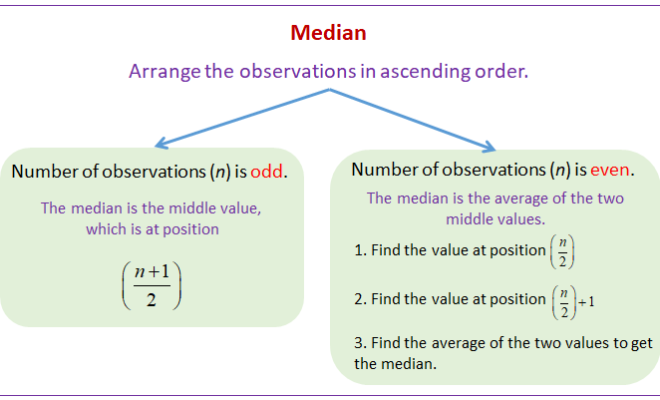How crc is calculated

Introduction:
Cyclic Redundancy Check (CRC) is an error-detecting code extensively used in the field of digital data transmission and storage to ensure data integrity. Employed in numerous applications, such as computer networks, digital storage devices, and communication systems, CRC helps to prevent corruption of data by validating the accurate transfer of data packets. In this article, we provide a step-by-step guide to understanding the fundamentals of CRC and elucidating the process of its calculation.
The Concept of CRC:
At its core, CRC is grounded on polynomial division, which comprehensively scans the bit sequences for potential errors. While transmitting information from a source to a destination, CRC values are computed at both ends based on the original data. Distinct polynomials are used to calculate the final remainder in each case. When the host system receives data packets along with their corresponding CRC values, it carries out a new CRC computation and compares it with the transmitted value. If a match is found, the received data is assumed to be accurate.
Steps to Calculate CRC:
1. Choose a specific divisor – This entails selecting an appropriate polynomial representation that will serve as our divisor in binary mathematical operations. The divisor’s length should ideally be one bit longer than required based on the desired error-detection capability.
2. Append zeros – To enact a division without altering the original data, multiple zeros equal to one less than the divisor’s length are added, either at the beginning or end of the message (to form a temporary augmented message).
3. Perform XOR division – Binary XOR (Exclusive-OR) division is carried out on this augmented message with our selected divisor. This operation essentially abandons all matching bits when two bits comprising the dividend and divisor overlap.
4. Obtain final remainder – Once all XOR operations reach completion and no further divisions can occur, we obtain a final remainder composed of the same number of bits as the divisor.
5. Attach remainder to original data – The original message is appended with the calculated remainder (CRC) before transmission. This new message, inclusive of its CRC, is sent from the sender.
6. At the receiver’s end – The process is repeated at the receiving end, with an identical divisor being applied and the same CRC being derived. If a match occurs between this newly calculated CRC and the transmitted one, it implies that the data has been accurately received, barring any undetected errors.
Conclusion:
Calculating CRC is a critical procedure that safeguards the integrity of digital data transmission and storage. By meticulously following this step-by-step guide, understanding the key concepts underlying CRC values and effectively employing them to ensure error-free communication between diverse digital systems becomes an accessible endeavor for all.






